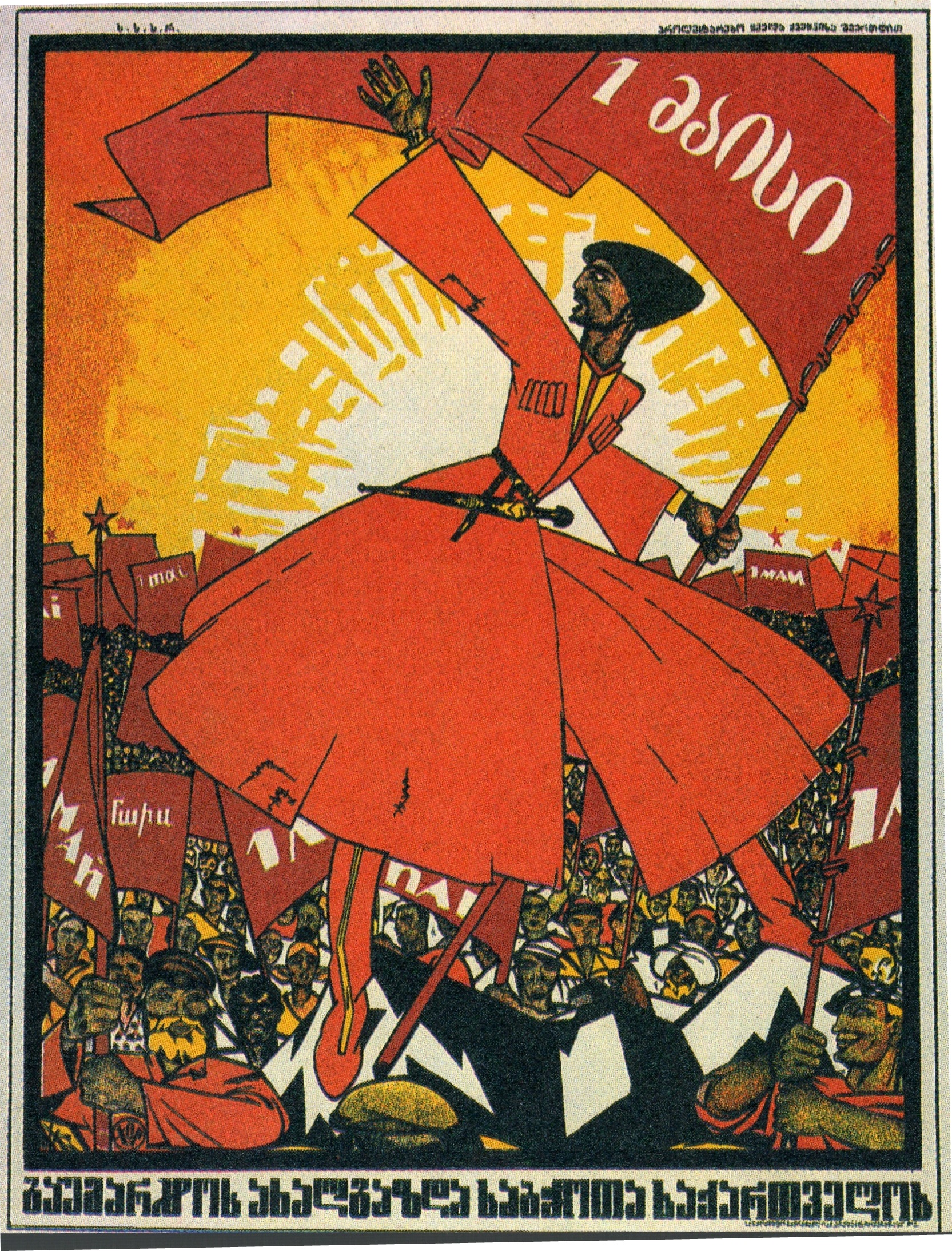In February 2016, London’s Calvert 22 will be reopening following renovation and launching a new seasonal programme: Red Africa. Red Africa (running from 4 February – 3 April 2016) will explore the legacy of the cultural exchanges between Africa, the Soviet Union and related countries during the Cold War.
Programme manager Elizaveta Butakova-Kilgarriff explains the legacy of Soviet soft power and proxy wars in the region…
How did Calvert 22’s Red Africa season and its accompanying exhibition Things Fall Apart come about? Can you offer some insights into what the show will involve?
The exhibition Things Fall Apart, the central focus of the wider season of events, began as a research project titled ‘Socialist Friendships’, taking these student exchanges as a starting point and focusing in particular on Mozambique, Ethiopia and Angola through the work of a number of academics and researchers including Ros Gray, Polly Savage and Kate Cowcher.
The research project reflects a wider trend in recent scholarship to look at the Cold War not only in terms of the relationship between the USSR and the US, but also the impact of the Non-Aligned Movement and the relationship between the so-called second and third worlds.
The exhibition will present works that reveal and reflect upon these histories, including on the Yugoslavian Josip Tito’s visits across the African continent, on the legacies of various African cinemas and the traces of these histories that can be found in contemporary Angola.
For those of us unfamiliar with the context, can you briefly outline what the focus of the Soviet Union’s foreign policy was, and what they hoped to achieve through their activities?
From its inception, the Soviet Union had an expansionist international policy that sought to spread the word of socialism. Following the formation of the Third International in 1919, this network of influence functioned through connections with communist parties in foreign countries. During the Stalin years, the focus shifted from international Communism to ‘Socialism in One Country’, but internationalist policies returned under Nikita Khruschev as the Cold War saw the Soviet Union seeking ways to prove its influence as a super power.

What was the nature of the relationships forged between the Soviet Union and African countries?
In the second half of the 1970s, the Soviet Union increased its supply of arms to countries around the world, and in particular to countries in Africa. As one after the other, African countries saw their colonialist regimes toppled by coups and independence movements, choosing a separatist side to support became a way for countries such as Britain and France, as well as the US and the USSR, to maintain their influence under the shifting political situation and maintain their economic interests in natural resources.
In Ethiopia and Angola, Soviet arms were sent to support Cuban troops who were involved with backing communist separatist movements. For example, following a coup d’etat in 1974, foreign intervention in the civil war in Angola reflected the wider division amongst the super powers, with the United States supporting two of the independence movements (FNLA and UNITA) and Cuba and the Soviet Union supporting another (the MPLA).
Can you explain why the Soviet Union saw soft power as an important element of their activities internationally? Why was film in particular significant to the Soviet Union?
As well as supplying arms, the Soviet Union had sought to spread socialism globally through ‘soft power’ strategies such as offering scholarships to foreign students from developing countries. The idea was that these students would return to their own countries and sow the seeds of socialism there.
The scheme also emphasised the Soviet Union’s message of internationalism and fair rights for all workers – ideologically in contrast to the United States, where black citizens were not offered the same opportunities for education. Scholarships were offered across disciplines, including engineering, medicine and filmmaking.

In the 1970s, the Moscow film school, the Gerasimov Institute of Cinematography (VGIK), welcomed a number of film students from African countries who went on to become influential filmmakers. Their work contributed to the formation of an engaged cinema that grappled with contemporary problems facing Africa, as seen in the work of Abderramahne Sissako, who studied in Moscow from 1983-89.
Sissako’s Octobre (1993), which tells the story of a young African man and a Russian woman, and Rostov-Luanda (1997), a documentary film in which he reflects on the impact of his time in Moscow, will be screened as part of the season held at Calvert 22, Red Africa.
‘Things Fall Apart’ is an exhibition staged as part of the Red Africa season by Calvert 22. The exhibition will take place from 4 February – 3 April 2016 at Calvert 22, 22 Calvert Avenue, London, E2 7JP. For further information, please visit calvert22.org / @Calvert_22
For more on the Cold War, pick up the new issue of All About History or subscribe now and save 25% off the cover price.
